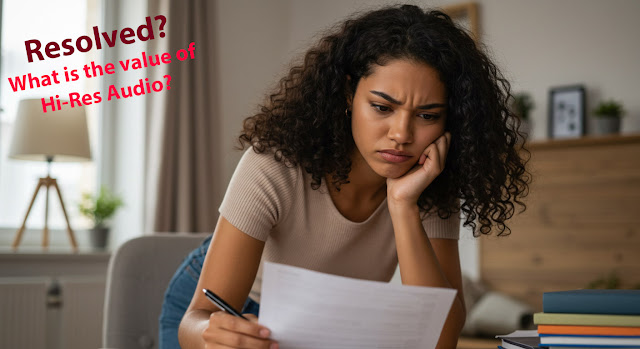Hey everyone. It really gets dark in January in Vancouver; just the kind of weather to cozy up in bed with a nice book or maybe some spirits in front of the hi-fi system :-).
So, I thought I'd offer up a few miscellaneous thoughts this week as I looked over recent CES reports.
I figured it'd be good to spend a few moments on the new encoding techniques that came out or were announced in 2014. I think the biggest advancement in audio encoding (at least as it pertains to the home) this past year was
Dolby's push for Atmos into the consumer space. Remember that Atmos has already been out for a couple years in the movie theaters since 2012's release of Pixar's
Brave. This happened with announcements in June 2014 and the
first Atmos-encoded Blu-Ray came out on September 30 with
Transformers: Age Of Extinction. Not exactly a movie that will win Academy Awards (maybe in some technical categories), but appropriate to show off some sound effects I suppose.
With Atmos (and other techniques like
Auro-3D and the upcoming
DTS UHD/MDA), digital processing takes another step up... We all know about the role DSP's have played in home audio including bass management, then room correction (like
Audyssey MultEQ), and now we have dynamic, object-oriented sonic rendering in 3D space adapted for one's speaker configuration on top of the typical multichannel (5.1/7.1) mixing. Cool.
I'm unclear whether this will have much relevance for audiophiles (unlikely I would think) given the relatively small numbers of "multichannel audiophiles", but it does represent a true technological step forward. The question is whether many folks will be able to have a home theater setup capable of experiencing a significant difference given the "need" to increase the number of speakers. Even having a dedicated sound room (the solution to the WAF issue of course!), I'm really not keen to cut holes in my ceiling for placing speakers up there and running even more wires to the audio rack for height channels. Dolby's push for ceiling-bounce speakers (like these
Definitive Tech A60's [
see review]) is an interesting though compromised solution when it comes to fidelity. From a physics perspective, there's only so much that can be done with what would be small up-firing speakers, room interactions, and the timing/phase issues that need to be accounted for. Even if there were compelling high-fidelity music to be enjoyed, I doubt many if any of these up-firing solutions would be acceptable for audiophiles used to very low distortions in their existing speaker systems. I see that Kalman Rubinson in January's
Stereophile suggested the potential for 3D speaker arrays to be used for even more effective room correction. Hmmm, not sure if this would be worth it if those extra channels actually are of inferior sound quality... One could be creating more problems than it's worth.
Time will tell and certainly an interesting technical development to keep an eye out for if one has a multichannel setup now that the "800lb gorillas" (Dolby & DTS) seem to be seriously getting involved with their usual hardware partners (like Denon, Pioneer, Yamaha...).
The other "advancement" in encoding technique in 2014 comes from
Meridian and their MQA. This certainly got lots of air time in the audiophile press late last year. Smart move throwing a
fancy party (oooooohhhh... 69th floor! The audio must have been
orgasmic!) and inviting your media friends of course - everyone loves a good party! Let us spend a bit more time on this one.





